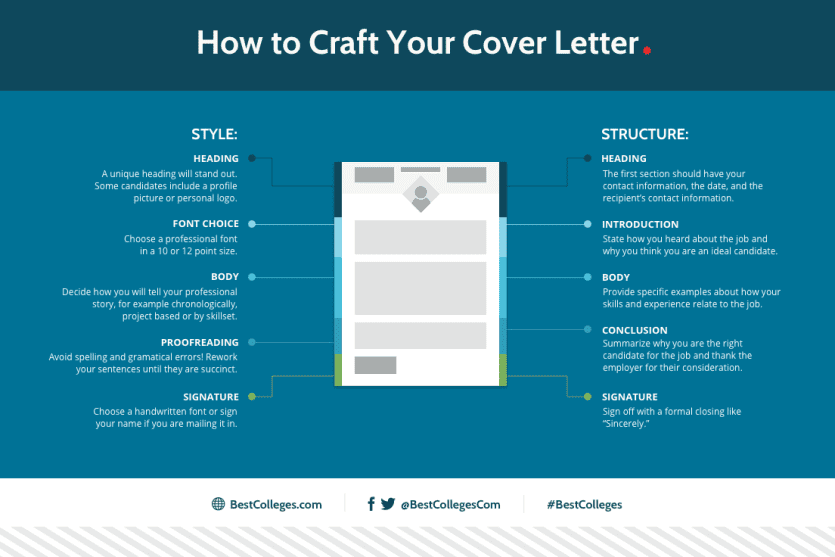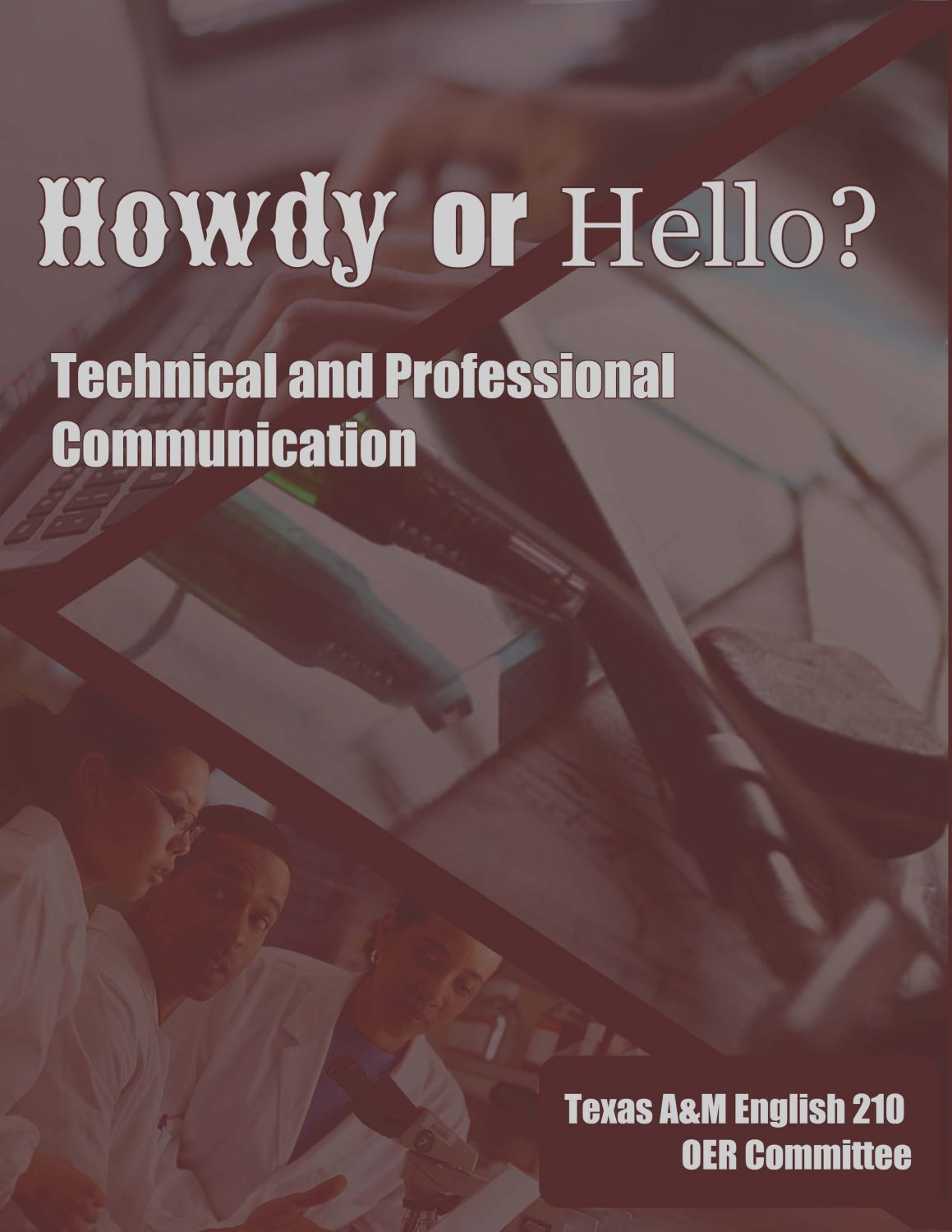



This work is licensed under an Attribution-NonCommercial 4.0 International
|
REMEMBER:
|
First Name Last Name
City, State | (415) 555-5555 | username@usfca.edu | www.linkedin.com/in/username
November XX, 20XX
Name of Recipient
Title
Company Name
Address
Dear (Full Name of Recipient) or Hiring Manager:
INITIAL PARAGRAPH:
State the reason for the letter, the specific position or type of work for which you are applying, and indicate from which resource (i.e., Career Services Center, news media, friend, employment service) you learned of the opening.
Some examples include:
I am writing to express my interest in the position of _______________. Your advertisement in the ____________ for a ______________ seems to perfectly match my background and experience. I am writing to you at the recommendation of ____________________. In response to your job posting for a __________ on your company’s website, I have attached my resume for your consideration. If you are seeking a talented, motivated salesperson for your outside sales team, I believe my skills and background are a good match for your organization.
SECOND PARAGRAPH:
Indicate why you are interested in the position, the company, its products or services. Demonstrate that you have researched the organization by stating something about their mission, latest products, business ventures, etc. State clearly what you can do for the employer. If you are a recent graduate, explain how your academic background makes you a well-qualified candidate. If you have some practical work experience, point out your specific achievements or unique qualifications. Try not to repeat the same information the reader will find in your resume. Refer the reader to the enclosed resume or application form which summarizes your qualifications, training and experience. Advocate for yourself! Convey enthusiasm!
Some examples include:
My qualifications for the position include . . .
I believe my background in . . .
I have experience/education in the field of . . .
THIRD PARAGRAPH:
In the closing paragraph, indicate your desire for a personal interview and your flexibility as to the time and place. Repeat your telephone number in the letter and offer any assistance to help in a speedy response. Finally, close your letter with a statement or question which will encourage a response.
Some examples include:
I look forward to discussing my qualifications with you further in person . . .
Should you be interested in my qualifications . . .
For an interview, I can be reached at...
Sincerely,
First Name Last Name
(Format courtesy of The University of San Francisco, Career Services Website)
Not every job application requires a cover letter, but if you have the option to include one, it is a great opportunity to share more about yourself and your work history with a potential employer. While the resume is very direct, in a cover letter, you can share and explain more about who you are and what you have done.
A cover letter is like a research assignment. Start by researching the organization and figure out why you want to work there. Then, in your cover letter, showcase your knowledge of the organization, highlight your skills, and explain why and how you would be a good fit for the position. Your goal for your cover letter is to convince the employer to interview you.
Your cover letter complements your resume by showing the employer how your experience and interest connect to the position.
REMEMBER: A successful cover letter should:
Answer some of these questions within each paragraph:
REMEMBER: A cover letter is like a mini-research paper so many of the same formatting rules apply:
Your cover letter should include 3-4 paragraphs with the following information:


Creative Commons Attribution NonCommercial ShareAlike